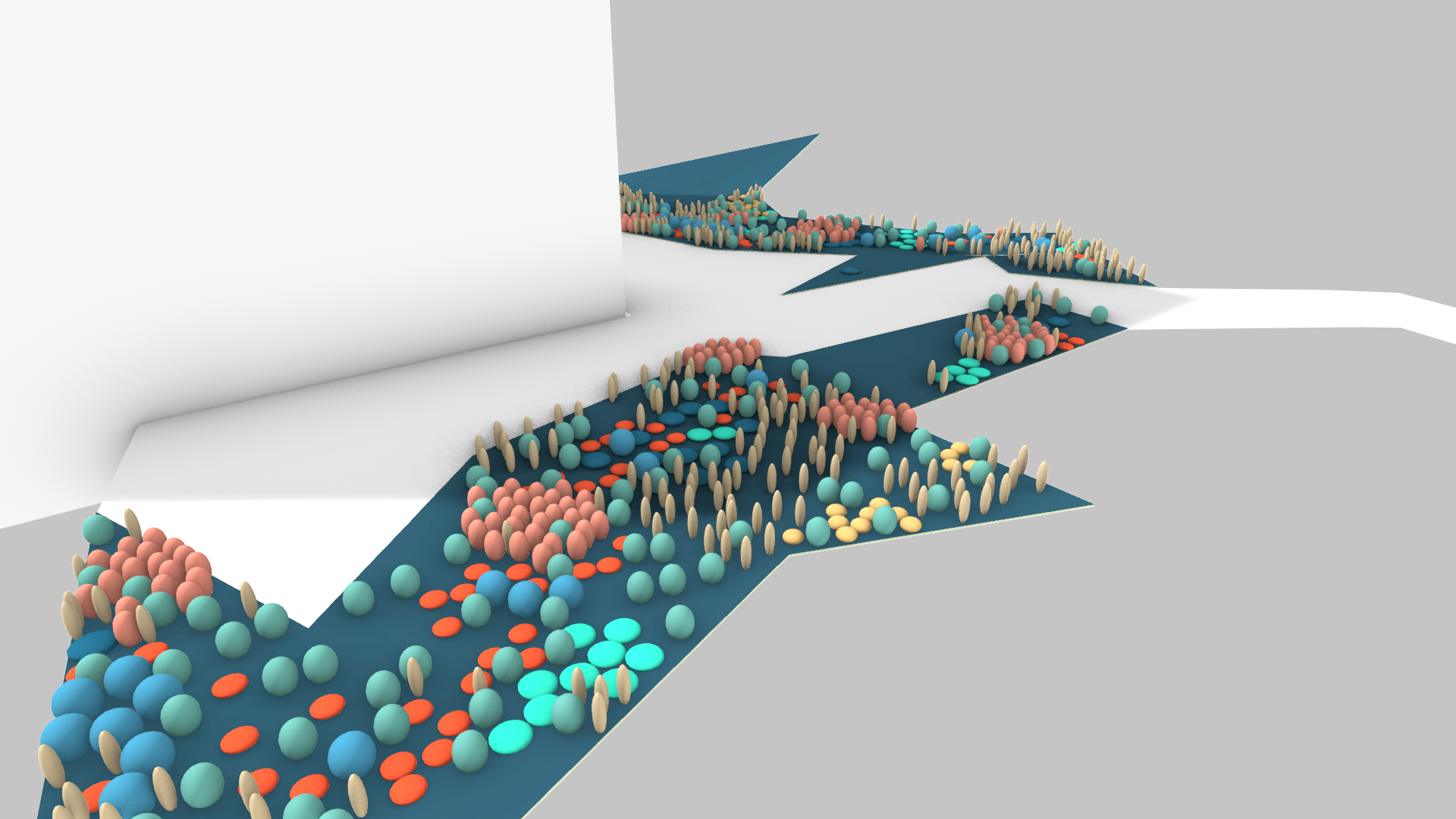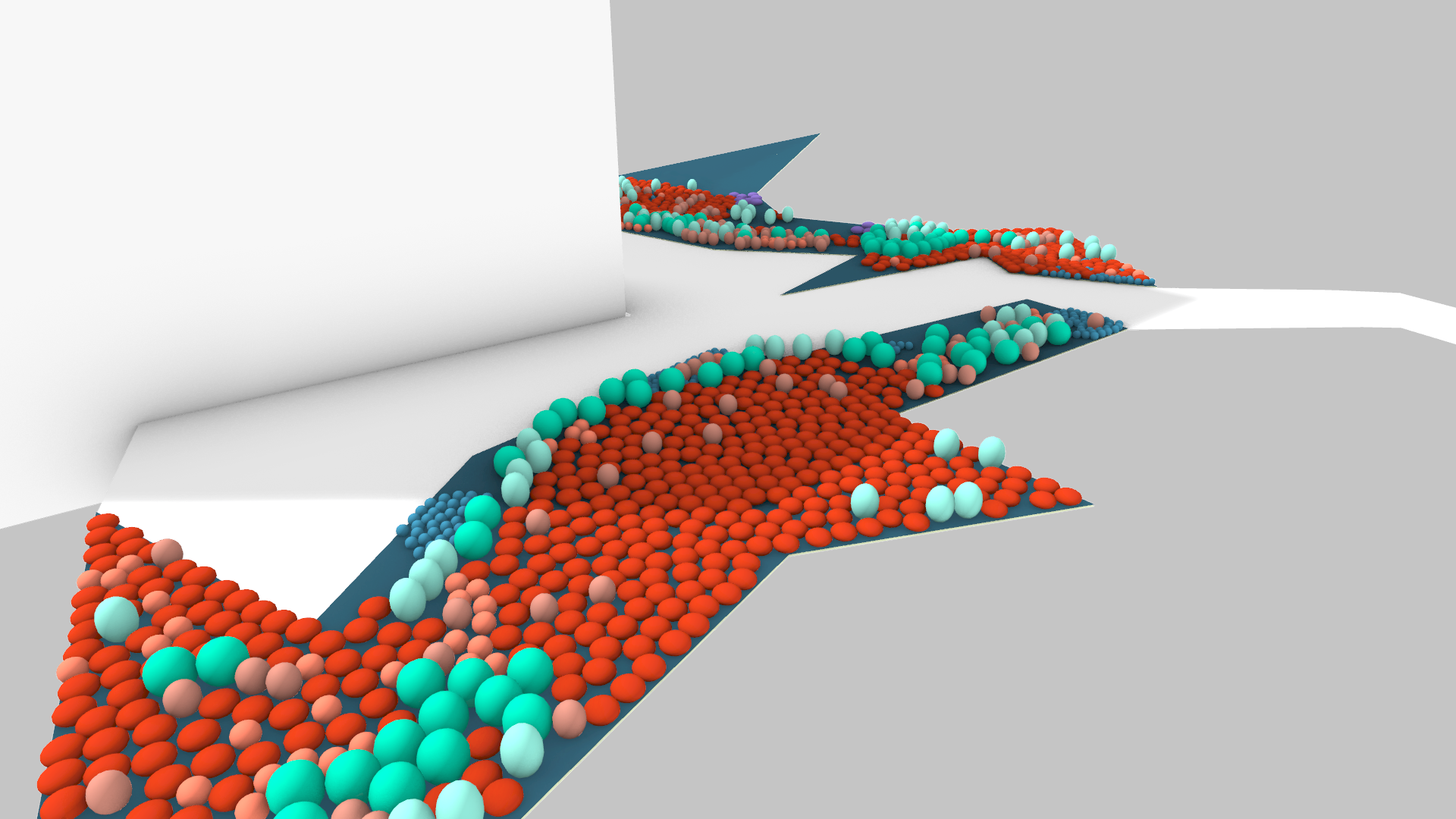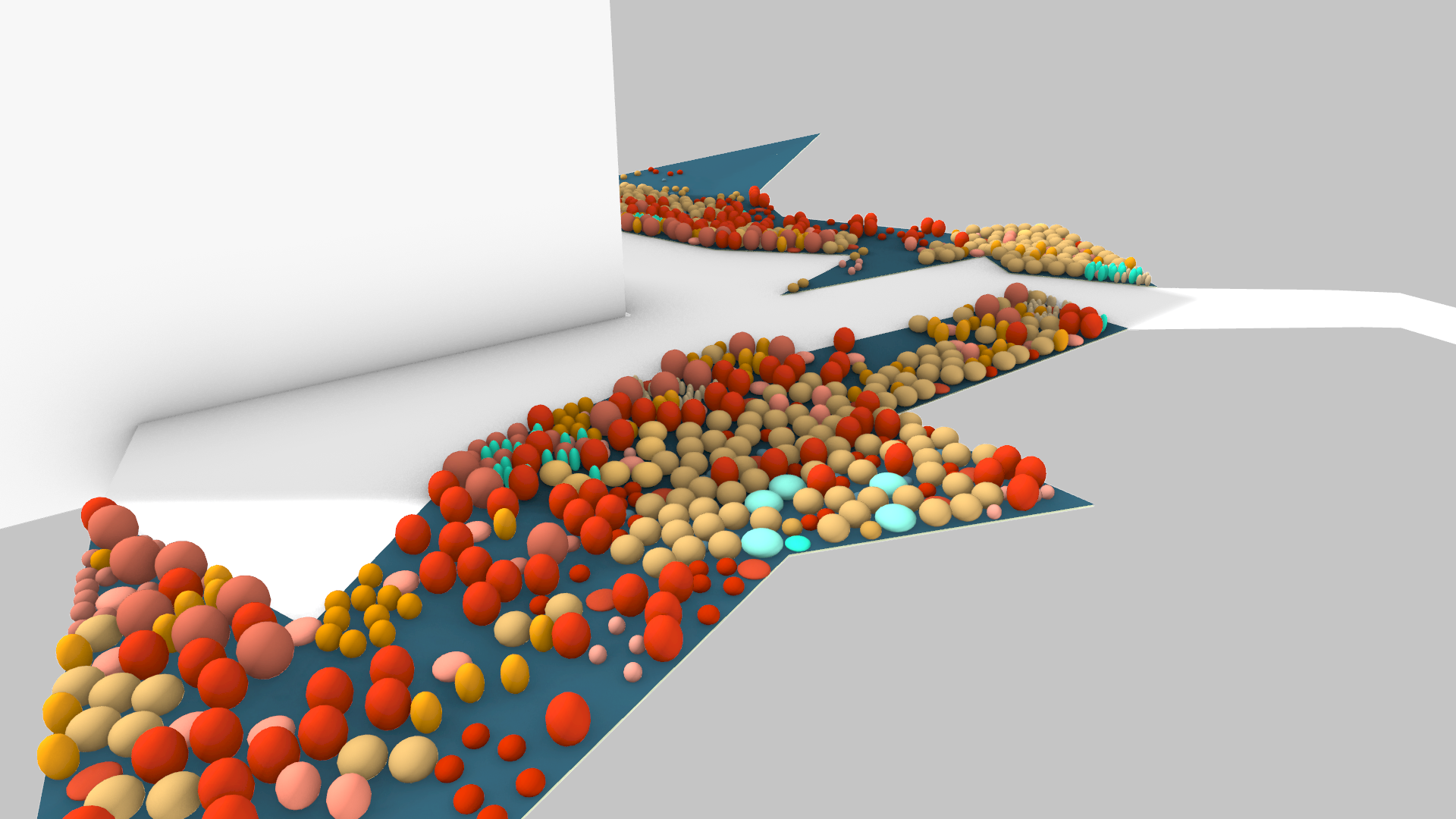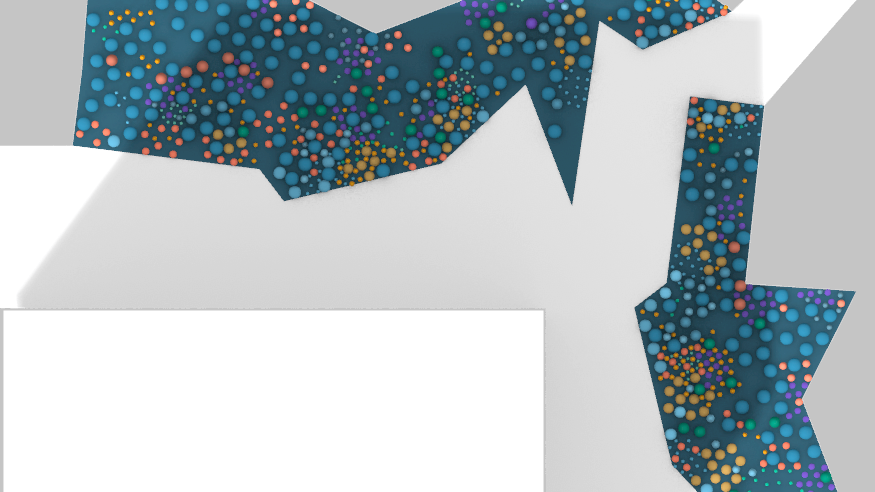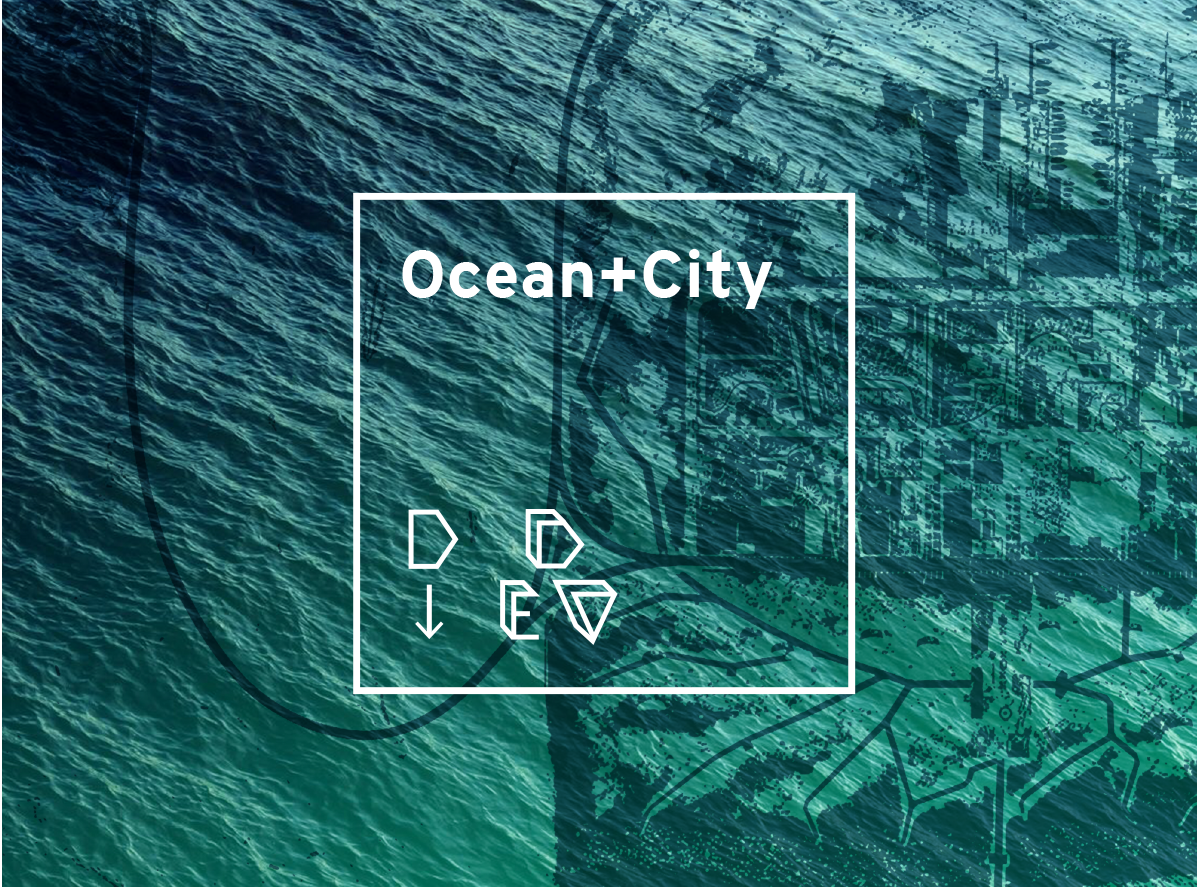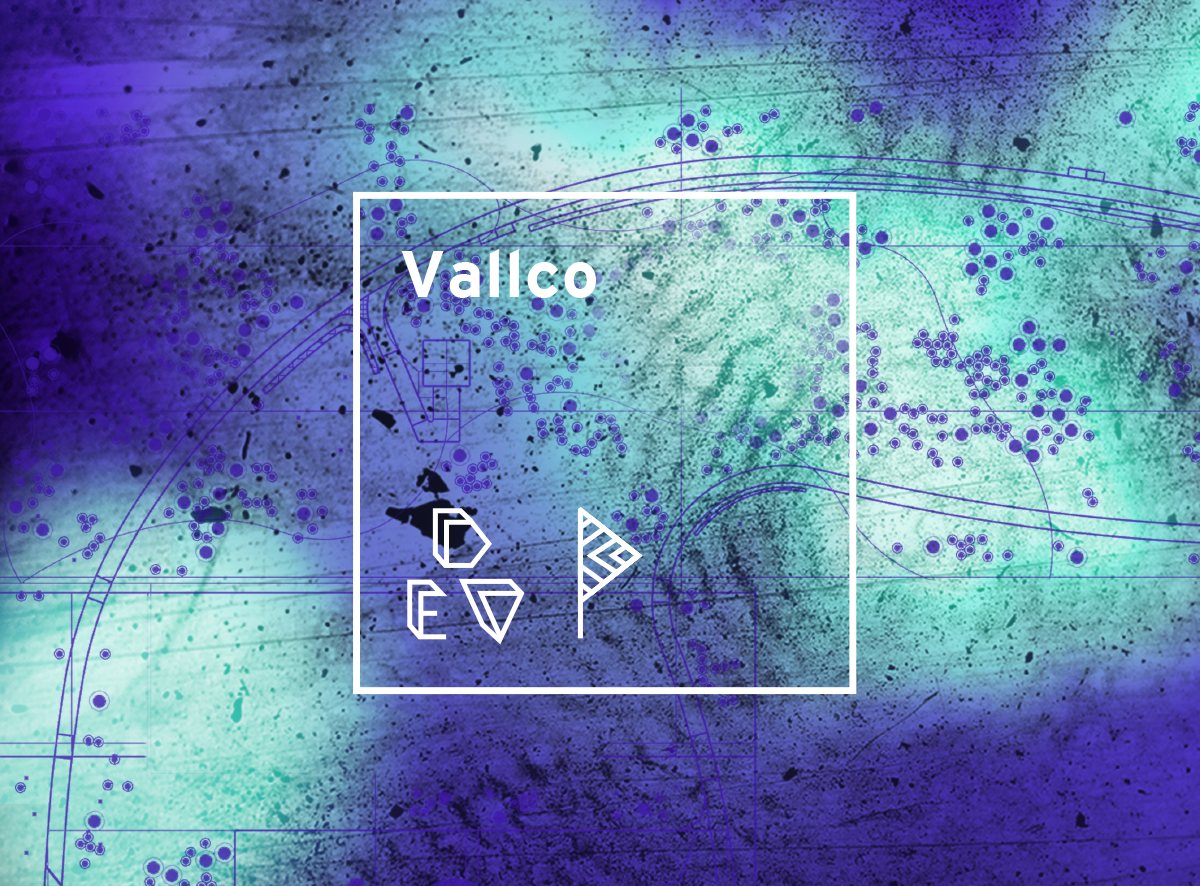
Plant Agents
This project aimed to create a scalable solution for solving seemingly incomprehensible spatial design problems through simple comprehensible inputs. We experimented with how an agent-based design approach could achieve this in the domains of planting, site planning, and land use planning.
Planting design, for example, is a challenging problem that often requires high levels of horticultural expertise. By creating tools that tap into large sets of existing plant data, we believe that we could help to make planting design and maintenance more sustainable. Much of this thinking has been shifted to our work on Land Kit.
By creating tools that tap into large sets of existing plant data, we believe that we can help to make planting design and maintenance more sustainable.
Development
This project strived to handle complexity through simplicity. Like an ant-colony, the agents each had very simple rules which resulted in more complex, emergent behavior.
While machine learning and AI is all the rage, this project eschewed that trend and relied instead on agent-based modeling to solve complex design problems. Each little agent represented a part of the overall design. The user defined design objectives for each agent. These objectives drove the agents to each behave differently, ultimately resulting in a design solution.
Strategy
Agents could an incredibly strategic role to play in the future of design. As we do more and more with computation, we need to learn to leverage these tools to empower and educate designers.



